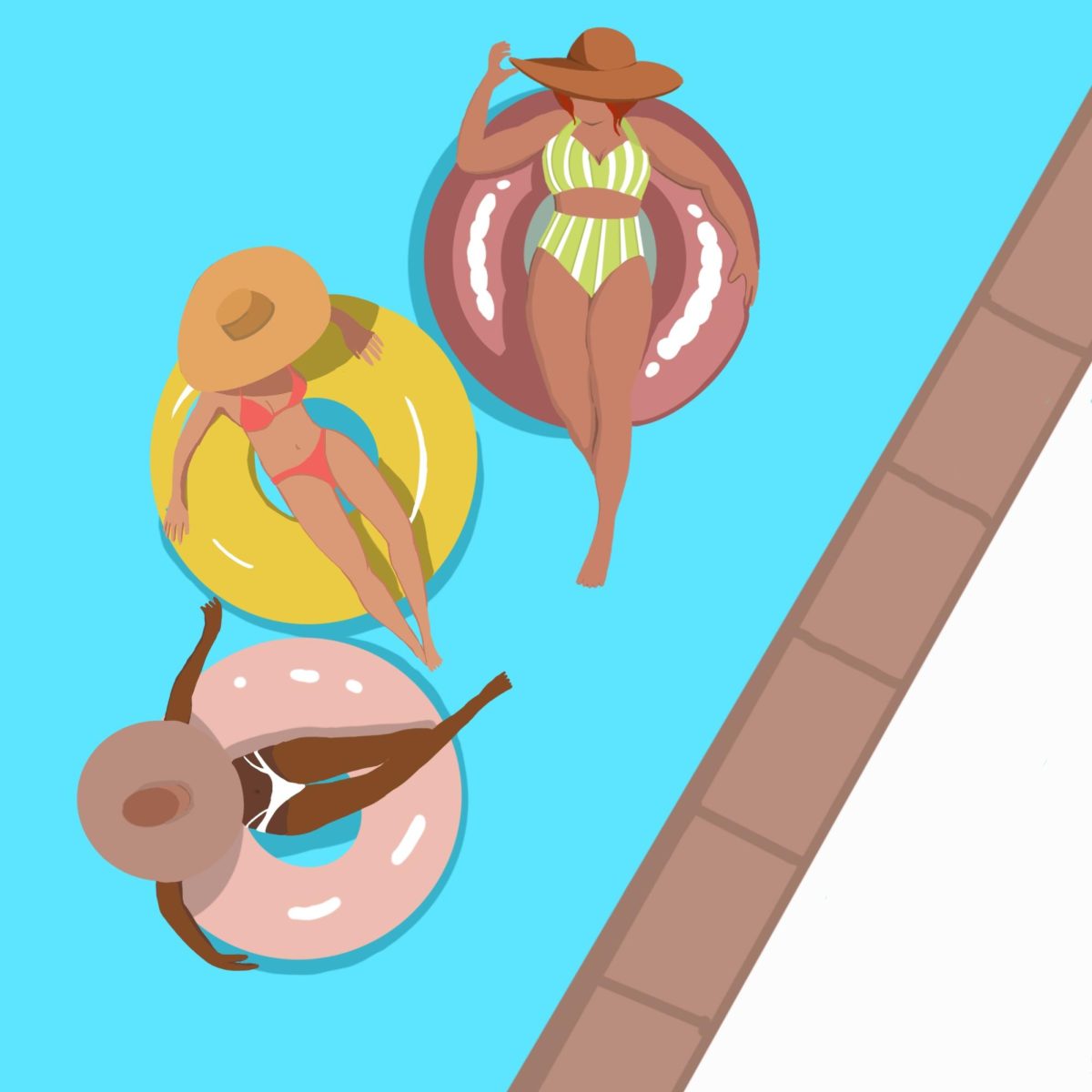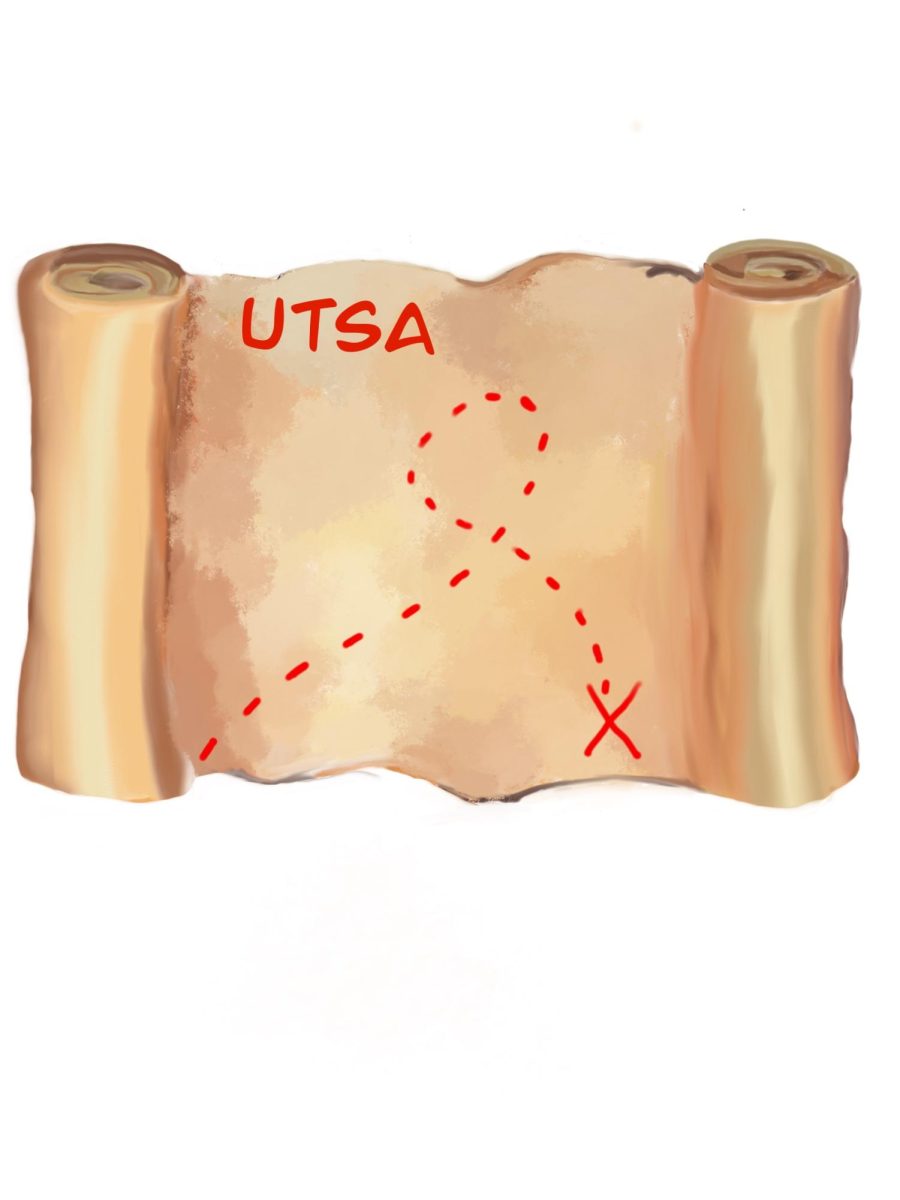
Annette Barraza, The Paisano
Ever wonder what’s going on inside your stomach after a meal, or what the human brain looks like beneath the boney skull?
“Bodies Revealed: Fascinating and Real,” the new exhibition from The Witte Museum, features real human bodies donated to science education. They are displayed respectfully and artfully in a variety of positions in an effort to answer the question: “What does the human body do?”
“We were personally awe-inspired by the people of this exhibit that have intentionally donated their bodies for science,” exclaimed Marise McDermott, President and CEO of the Witte Museum. McDermott explained the “Bodies Revealed” exhibit was a beautiful homage to the human body. Each body display, including one exoskeleton riding a bike in striking detail, is intricately modeled and positioned, reflecting the passion and care that went into creating the displays.
This year’s exhibit introduced a number of changes since the exhibit was last shown over eight years ago. Featuring six main rooms, each titled after a different part of the body, such as circulatory and respiratory, the exhibit also showcases a new prenatal room. The displays are made up of individual organs, tissue samples and full bodies displayed in motion. In addition, there are entire bodies cut into transverse or coronal sections. The specimens are fixed with chemicals to temporarily halt the decaying process, while all of the water is removed by placing the specimen in acetone. Then, silicone polymer is applied for hardening purposes.
Once hardened, the result is a dry, odorless and permanently preserved specimen that doesn’t contain toxic chemicals. McDermott noted that a full body specimen could take up to a year to prepare in the process, while a small organ could take only a week.
In addition, special care was taken to describe displays in which a healthy organ was placed next to a diseased organ. One display showed a healthy lung juxtaposed with a significantly smaller, darker and sickly smoker’s lung. A container to throw away cigarette boxes sat between the two specimens.
“In the past, we didn’t just have families come with their little ones. People with scrubs, rehabilitation specialists, doctors and nurses all showed up,” McDermott explained. “They said to us, ‘We had our cadaver in medical school a number of years ago, but here we have so many questions and are able to get coherent and explicit information from this exhibit.’”
The exhibition opened Oct. 3 and will close Jan. 31, 2016.











